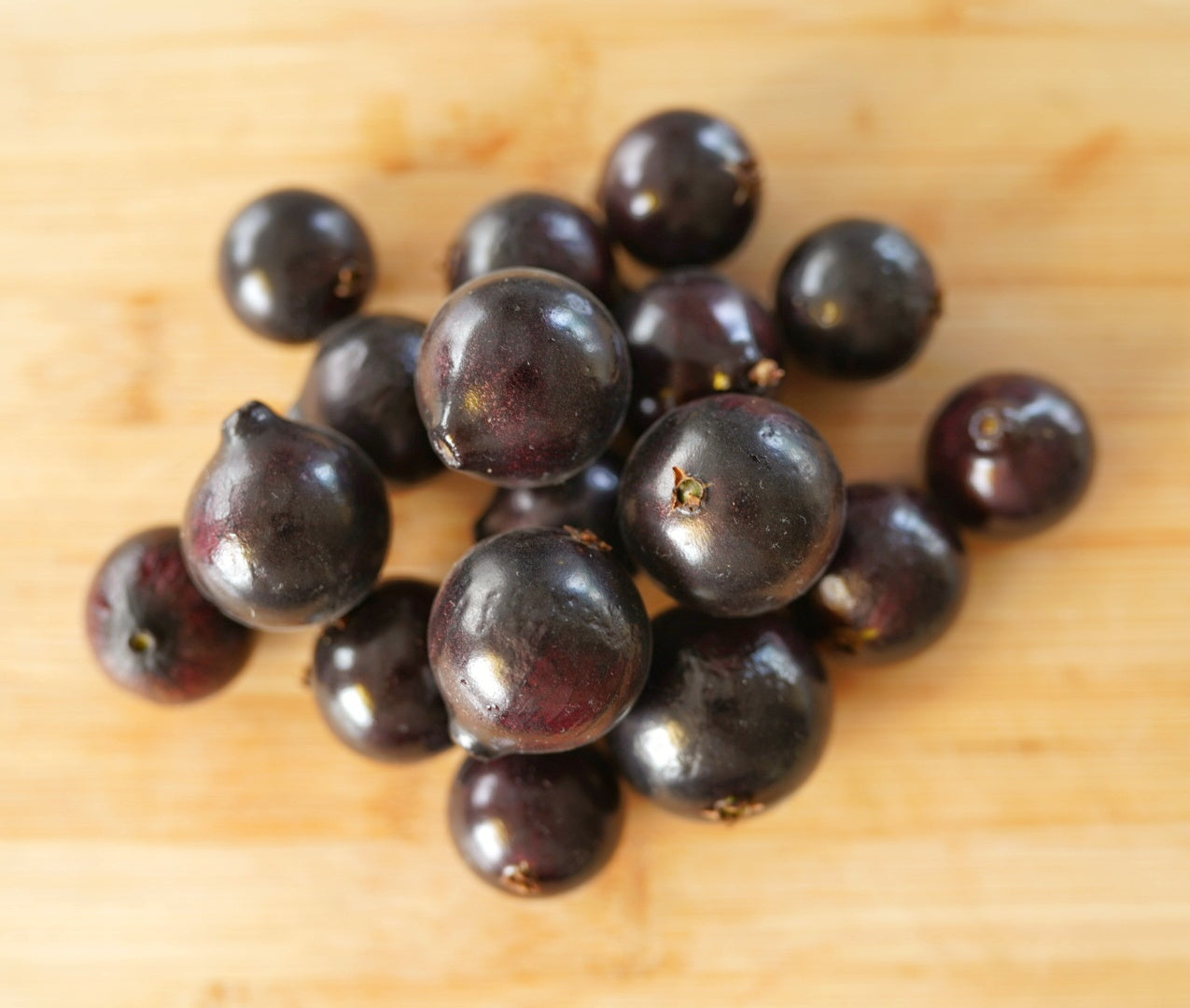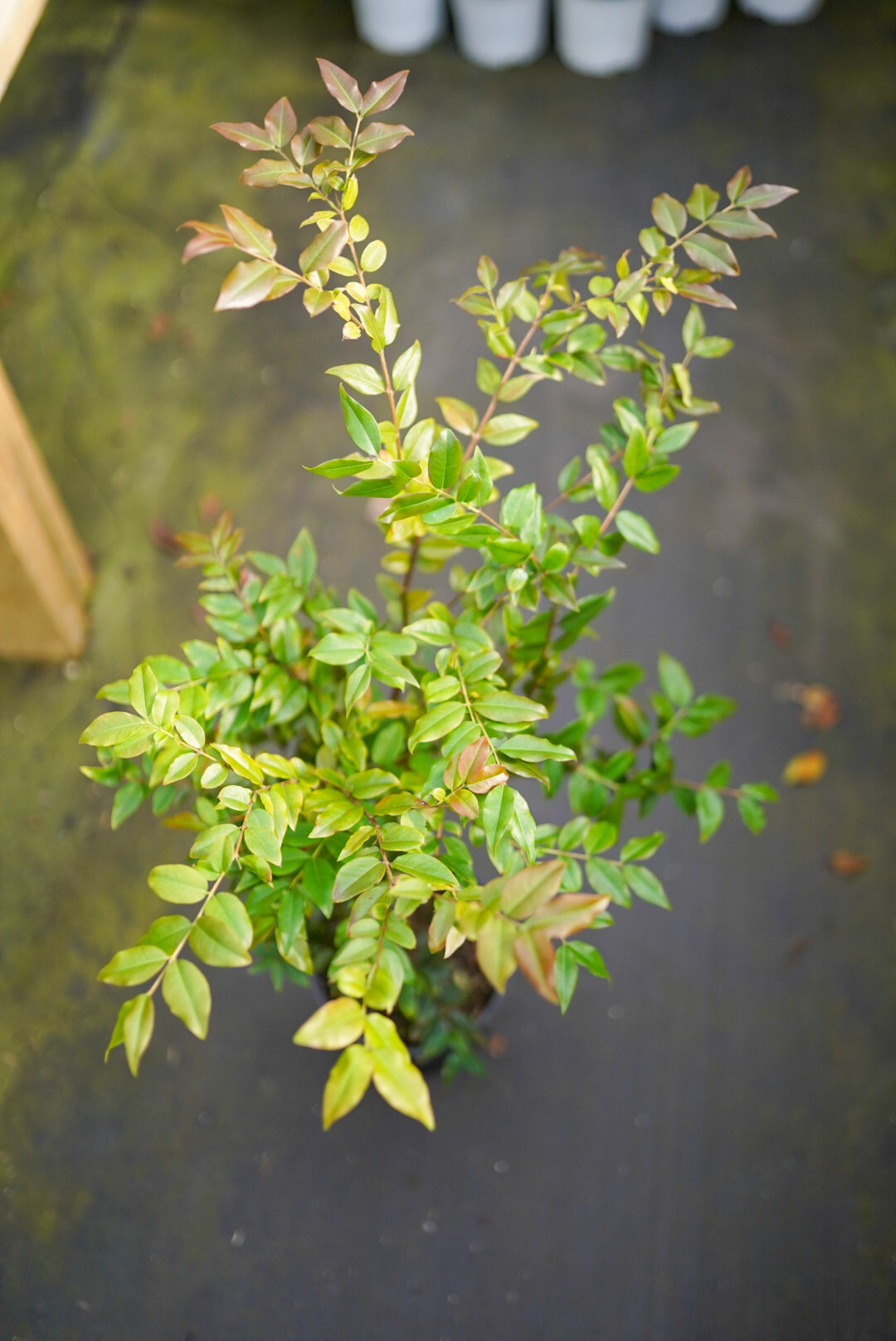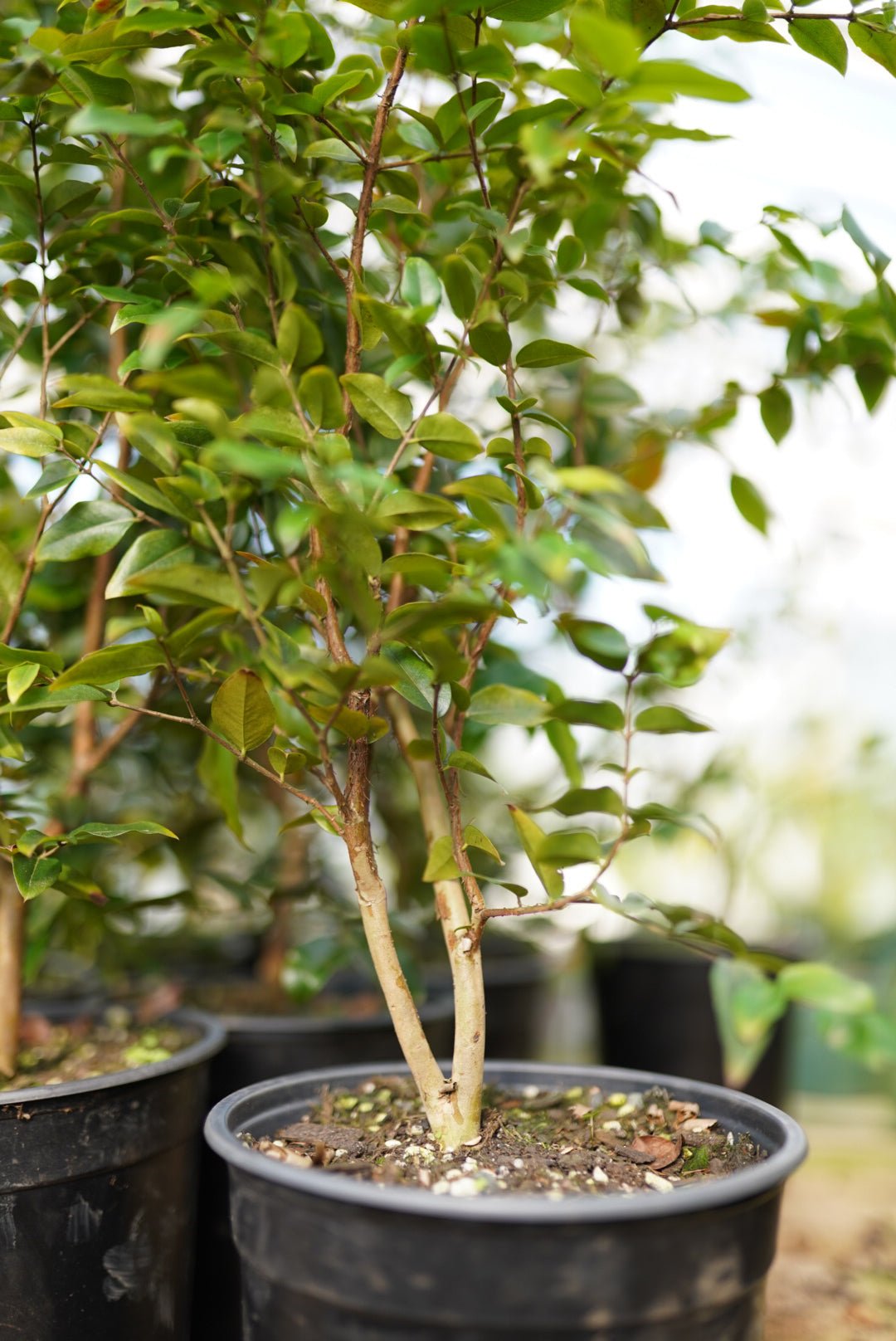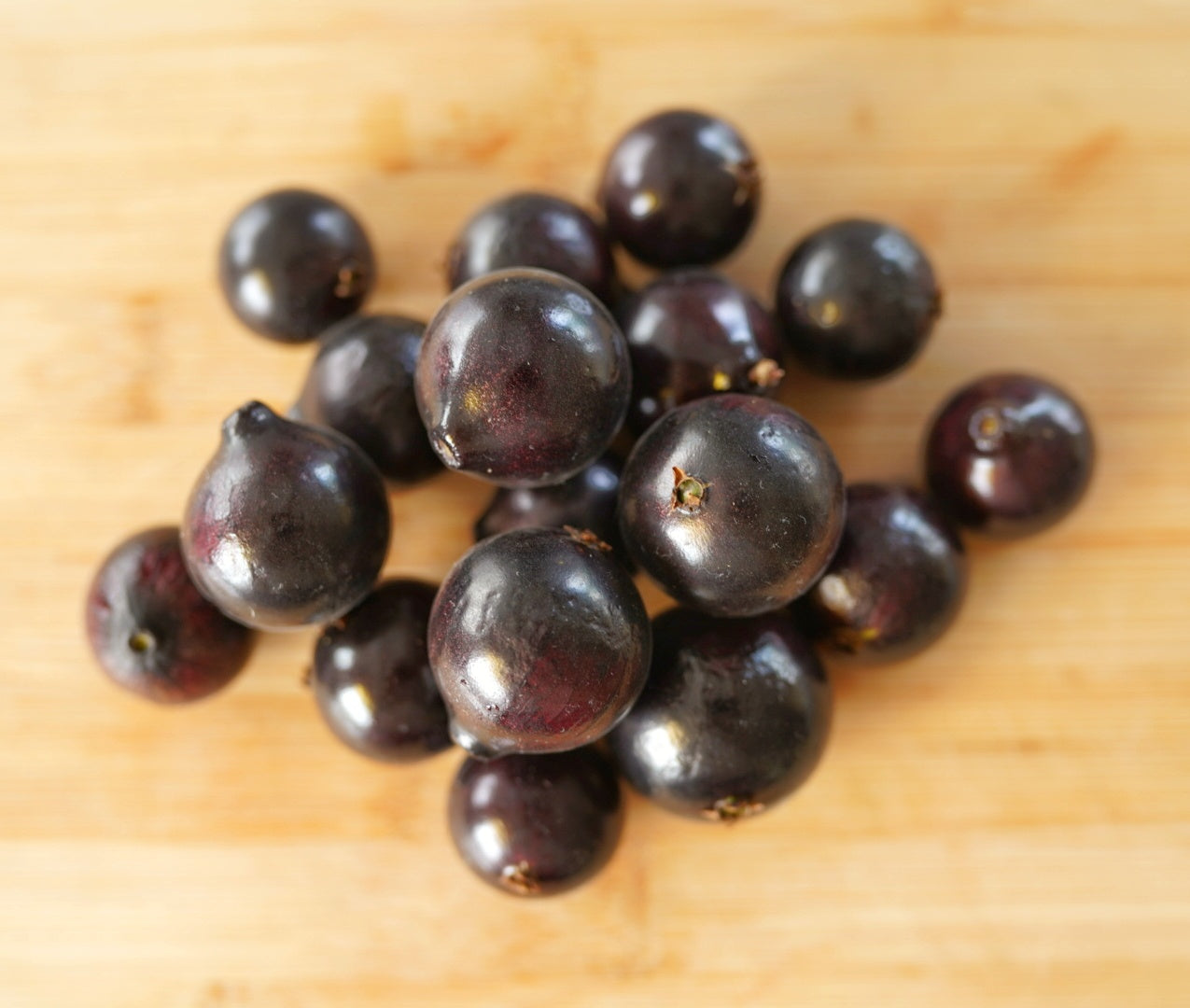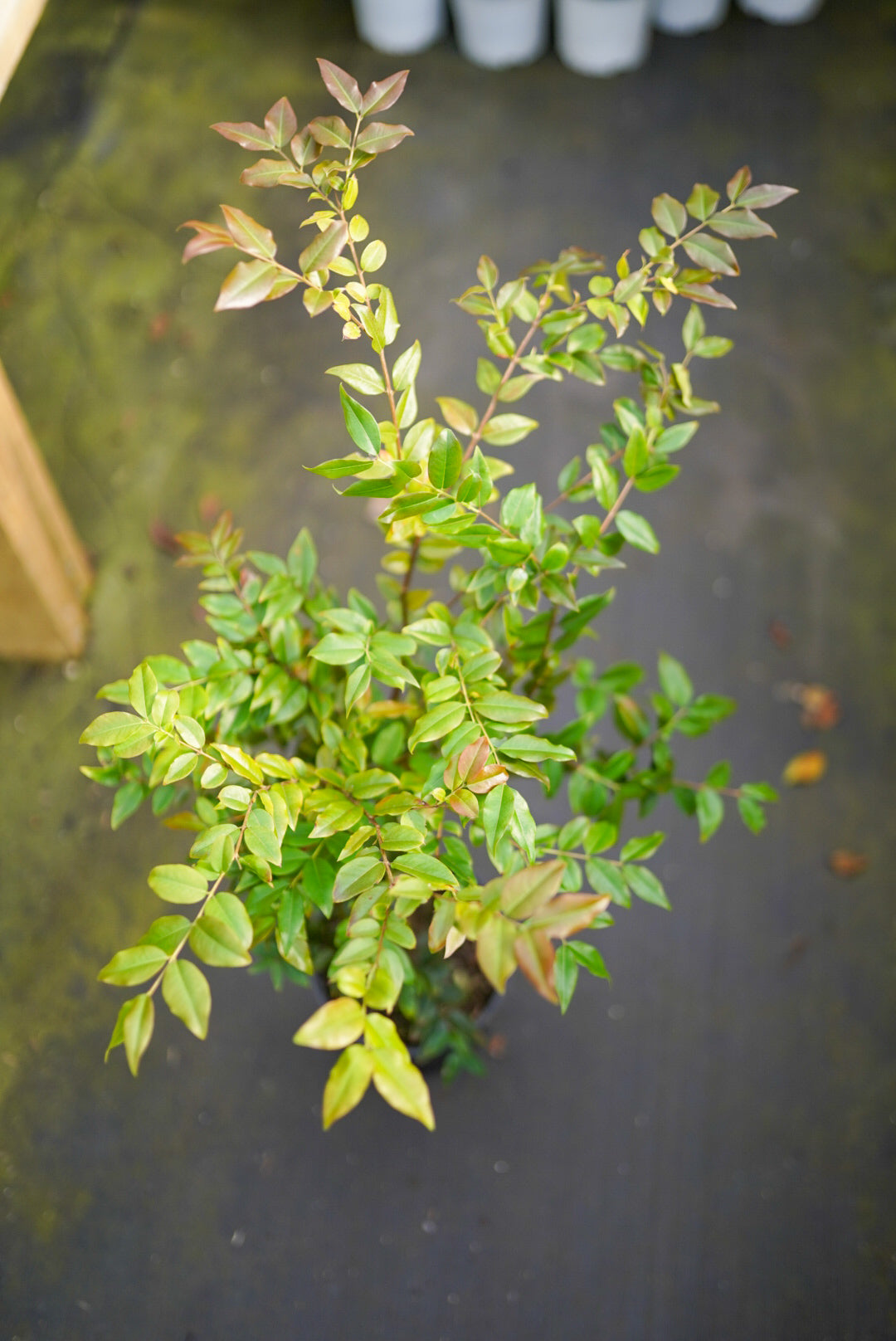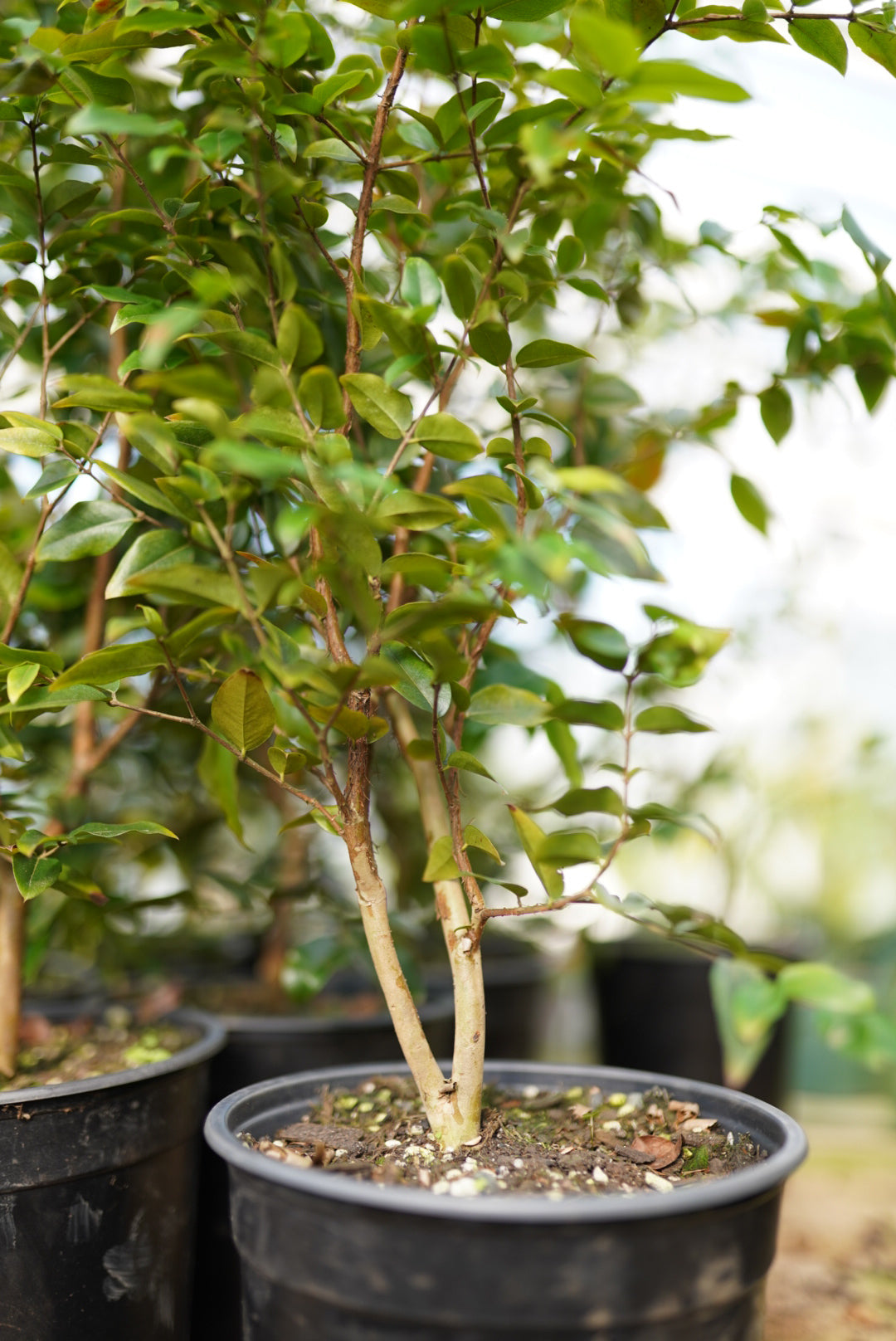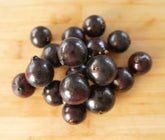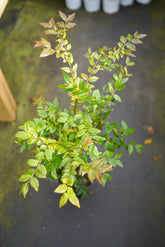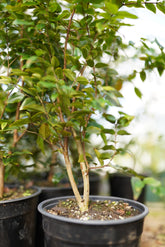Jaboticaba - Grimal
- Regular price
-
$140.00 - Regular price
-
- Sale price
-
$140.00
Couldn't load pickup availability
Plinia sp. – ‘Grimal’ (Giant Jaboticaba / Large Leaf)
‘Grimal’, occasionally known as the Giant Jaboticaba or Large Leaf Jaboticaba, is a species that produces fruits larger than those of most other Jaboticaba varieties. Native to Brazil, this evergreen tree is cultivated for its distinctive, sweet black fruit, which grows directly on the trunk and main branches. It can produce several crops each year, with flowering to fruit maturity taking only about a month. Compared to other Jaboticaba varieties, the ‘Grimal’ fruit is larger. The black fruit has an edible, slightly tough skin, and its texture is similar to a grape, with a sweet and aromatic flavor. The tree typically begins fruiting after 5–7 years of growth.
‘Grimal’ is an upright grower with deep green foliage and can yield two to three large crops annually. It is self-pollinating, requiring only one plant to bear fruit. As an evergreen, it retains its lush foliage throughout winter, making it a beautiful and productive addition to any tropical or subtropical garden.
Current stock: 4+ year-old seedlings
Jaboticaba plants care tips
Climate: Jaboticaba is a tropical tree that prefers warm, humid conditions. It can tolerate temperatures as low as 25°F (-4°C) for short periods, but prolonged exposure to cold temperatures can damage or kill the tree.
Soil: The tree prefers well-draining, acidic soil with a pH between 4.5 and 5.5. Adding organic matter, such as compost or peat moss, can help improve soil quality.
Water: Jaboticaba needs regular watering, especially during its growing season. Keep the soil moist, but not waterlogged.
Sunlight: The tree prefers full sun to partial shade, but it can tolerate some shade.
Fertilizer: Fertilize the tree regularly with a balanced fertilizer during its growing season. Avoid fertilizing the tree during the winter months.
Pruning: Prune the tree regularly to promote healthy growth and fruit production. Remove any dead, diseased, or damaged branches, and shape the tree as desired.
Pest and disease control: Watch for pests such as scales, mealybugs, and spider mites, which can damage the tree and reduce fruit production. Treat any pest problems promptly with an appropriate pesticide or insecticide. Keep an eye out for fungal diseases such as anthracnose, which can cause leaf spots and fruit rot. Treat any disease problems with a fungicide.
